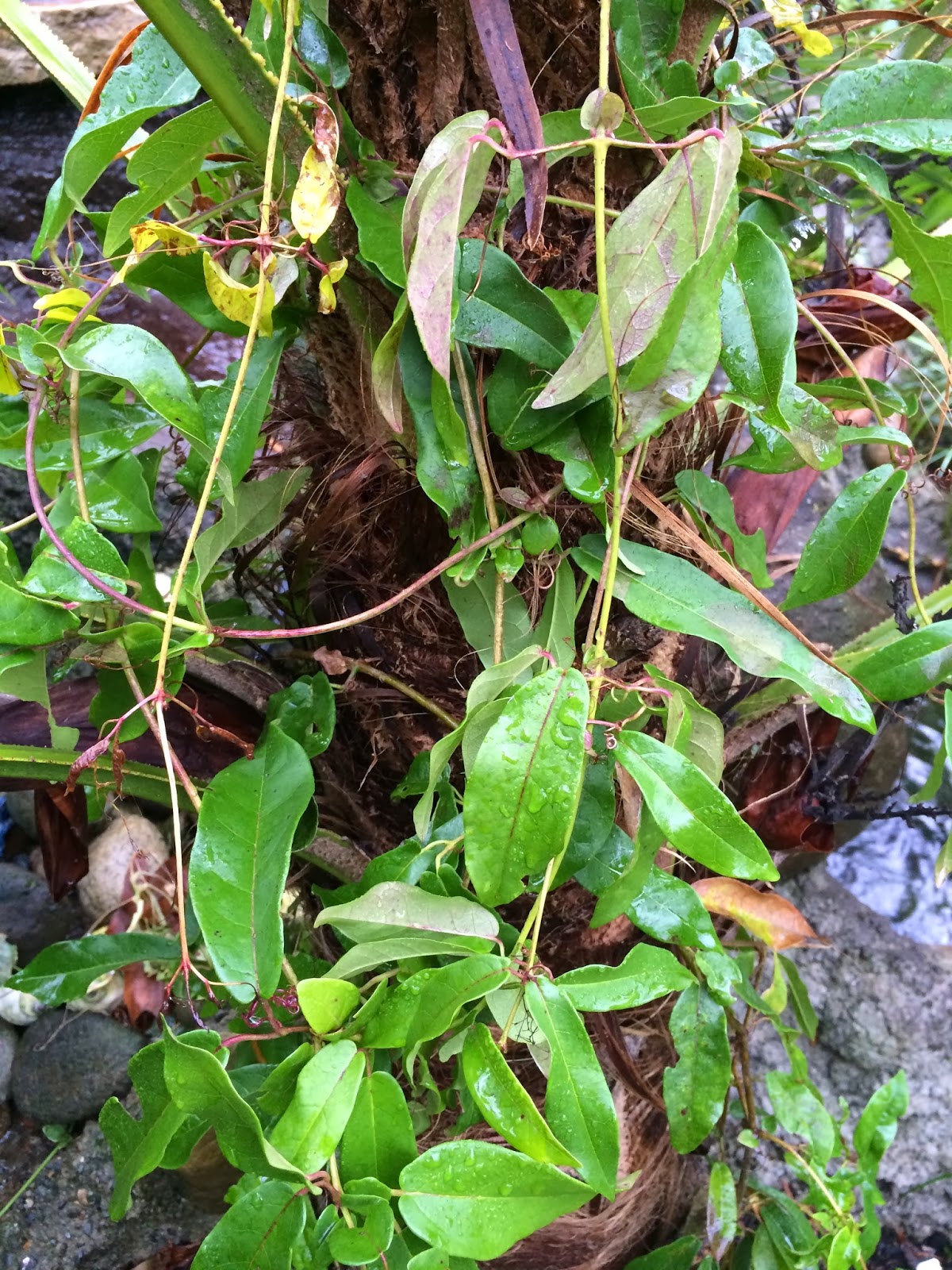(Herunterladen) Berberis Darwinii Spines

Tomentose stems and thick and rigid leaves that remain on the plant year round i e.
Berberis darwinii spines. The most popular species used as an informal hedge is berberis thunbergii and is sometimes confused with berberis canadensis american barberry or berberis vulgaris european barberry. 96 3 30 mm 0 12 1 18 in long. Has spines 3 7mm and leaves of vegetative shoots sometimes have additional spiny teeth below webb et al 1988. Not documented although may cause fauna to lose condition. Berberis darwinni is a broadleaf evergreen shrub more commonly known as darwin barberry. Berberis darwinii is regarded as an invasive plant pest in new zealand that escaped from gardens into indigenous plant communities via its bird dispersed seeds. Attracts wildlife to feed or nest all round tough plant suitable for problem areas ideal for fast growing screening evergreen foliage for all year round colour and screening suitable for container growing.
Darwinii is a dense medium sized evergreen shrub with dark glossy green broadly oblong. You can change the display of the base map and layers by clicking on the layer control box in the upper right hand corner. The bud in the axil of each thorn leaf then develops a short shoot with several normal photosynthetic leaves. Darwin s barberry berberis darwinii present distribution. California county polygons can be turned off and on in the layer control box. Berberis darwinii other common names darwin s barberry family berberidaceae genus berberis can be deciduous or evergreen shrubs with spiny shoots bearing simple often spine toothed leaves and. Geographic subdivisions for berberis darwinii.
Strengths of berberis darwinii. Berberis species have spines on the shoots and along the margins of the leaves making them the perfect barrier hedge which helps to keep deter unwanted animals or use as pedestrian barriers. It is a distinct berberis too open and spreading in habit to be called distinguished but attractive enough in its smooth dark red shoots up to 2 m and its bold dark polished green spine toothed evergreen leaves up to 22 cm long and 5 cm wide the largest leaves of any berberis. Scented blossom spiney growth can deter unwanted visitors. It is considered a serious threat to indigenous ecosystems throughout new zealand 10 and is listed on the national pest plant accord. It grows with a upward and outward fountain like habit and spreads vegetatively underground to form large thorny thickets.







































































